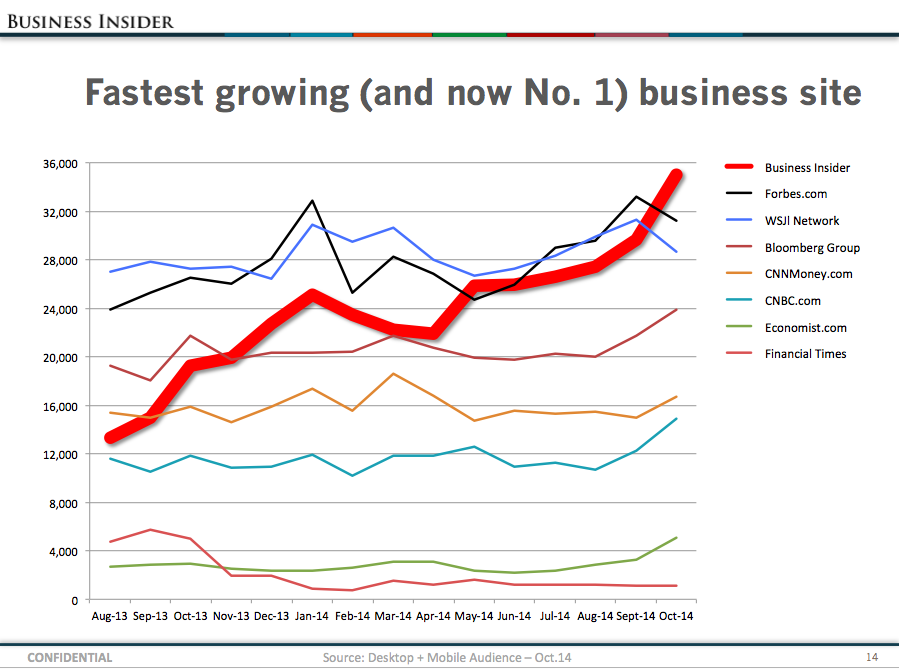GuruScreens upgrades and downgrades November 18th Yahoo Finance UK
Post on: 21 Июль, 2015 No Comment

Related Content
Solid State (SOLI) is a supplier of specialist industrial computer and electronic components. On 18 November, the company qualified for the Bill O’Niel screen. which filters for stocks that have recently enjoyed rapid earnings growth and also trade near their 52 week highs. Indeed, earnings have grown by 24% over the last year and are expected to grow by 59% over the next 12 months.
Back in May, Solid State also qualified for Stockopedia’s Way II Winners screen. The company has appreciated by 82% since it qualified for the Way II screen. To make the grade for this screen, companies needed to have a high ROCE, alongside dynamic earnings growth and strong Relative Strength over the last five years.
So the growth is there; the momentum is there, but is Solid State a dynamic growth company selling for a cheap price? The company does have a low ValueRank (29). suggesting that the company may be expensive. However, some investors justify paying a high price by pointing to rapid earnings growth. The PEG ratio is a useful tool to compare the price with the growth rate. The lower the PEG, the better. Solid State’s PEG is 0.4 (using the historic PE — 25 — and Rolling EPS growth rate — 60%).
Where is this growth and momentum coming from? It is partly supported by acquisitions. In May 2013, the company acquired Q-par Angus Ltd (Q-par), which Solid State’s management describe as ‘one of Europe’s leading experts in microwave and RF engineering with specialisation in antenna systems’. Contract wins have also played an important role. Back in July, the company announced that its largest division, Steatite, had been selected by the Ministry of Justice as the supplier of monitoring hardware for GPS offender tagging.
It is also interesting to note the Solid State is a low Beta stock. Beta indicates how sensitive a company is to market movements. If a stock’s price tends to rise more than the market on up-days and fall more than the market on down days, it will have a Beta greater than 1. But if it isn’t as sensitive to market movements, rising less and falling less than the market, then it will have a Beta of less than 1.
Solid State has a Beta of 0.5. Low Beta stocks have historically tended to rise slower in bull markets, but don’t fall as far in bear markets. For example (and anecdotally) in the second half of January Solid State got stuck around £2.89, even though the FTSE dropped by 6% — from 6836 to 6449. Then, in the second half of September, the FTSE dropped from 6836 to 6557, but Solid State stayed steady around 600p (see chart above).
Henry Boot
Henry Boot (BHY). a property and construction company, qualified for the Winning Growth & Income Screen on 13 November. This company produced a 3.2% dividend yield over the last twelve months, and is expected to produce a 3.3% dividend yield in the 12 months ending December 2015. However, there are one or two red flags. In 2012 and 2013, the company did not generate any cash from operating activities and had negative free cash flows. Nevertheless, the company paid dividends of 4.7p and 5.1p per share in 2012 and 2013 respectively.
If a company maintains its dividend but has poor cashflow, it may be financing the payout with debt and things could end in tears. Henry Boot is indeed piling on more long term debt (as measured by the Debt/Asset Ratio). Problems may also arise if an apparently attractive yield is actually the result of a falling share price. This is because trends have had a historic tendency to persist in the stock market, on both the upside and the downside. Returns from dividends could theoretically be offset by share price depreciation. In the case on Henry Boot. the 3.2% yield (TTM) would have been offset as the share price fell by 11% since November 2013.

In our eBook “How to Make Money in Dividend Stocks ” — essential reading for dividend investors — we discuss how a range of Momentum and Quality metrics can help investors avoid ‘dividend traps’.
After spotting red flags, investors would need to decide whether they are ‘hunters’ or ‘farmers’. ‘Hunters’ in search of the perfect stock could be scared away by the red flags. ‘Farmers’ tend to buy a basket of shares which have certain quantified criteria, even if there are one or two red flags. They do this on the basis that stocks which meet the quantitative criteria have, on average, performed well.
Read more about the ‘Hunter’ and ‘Farmer’ approaches to investing in our free ebook on Value Investing.
As always these are not share tips and should not be read as investment advice.
Read More about Solid State on Stockopedia














